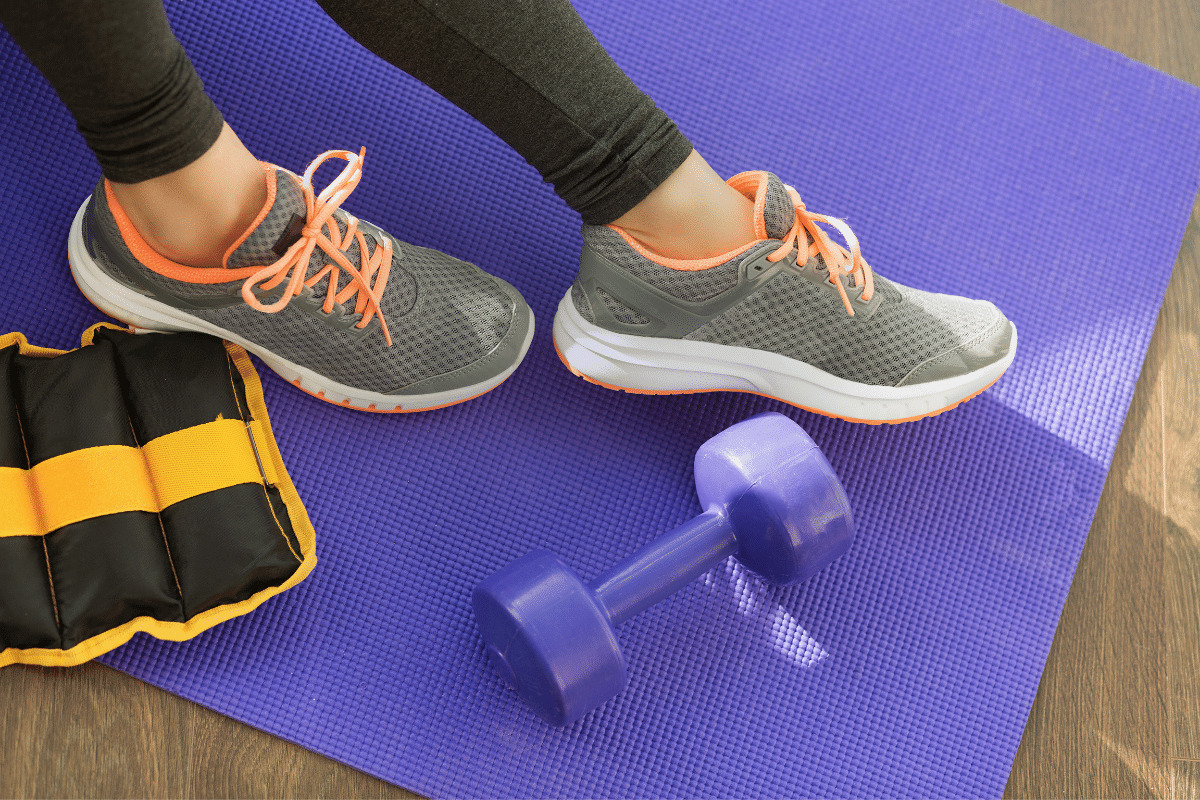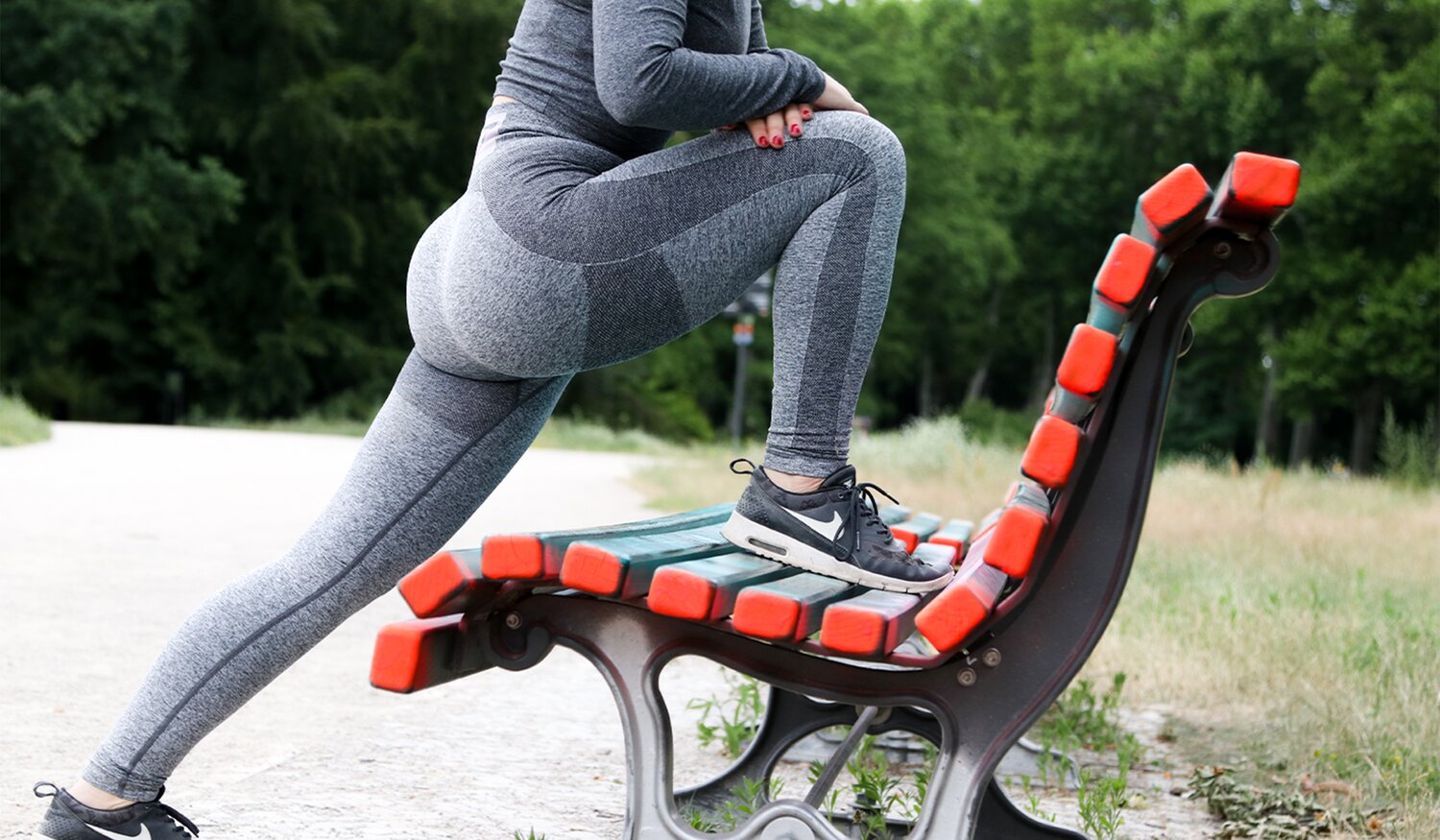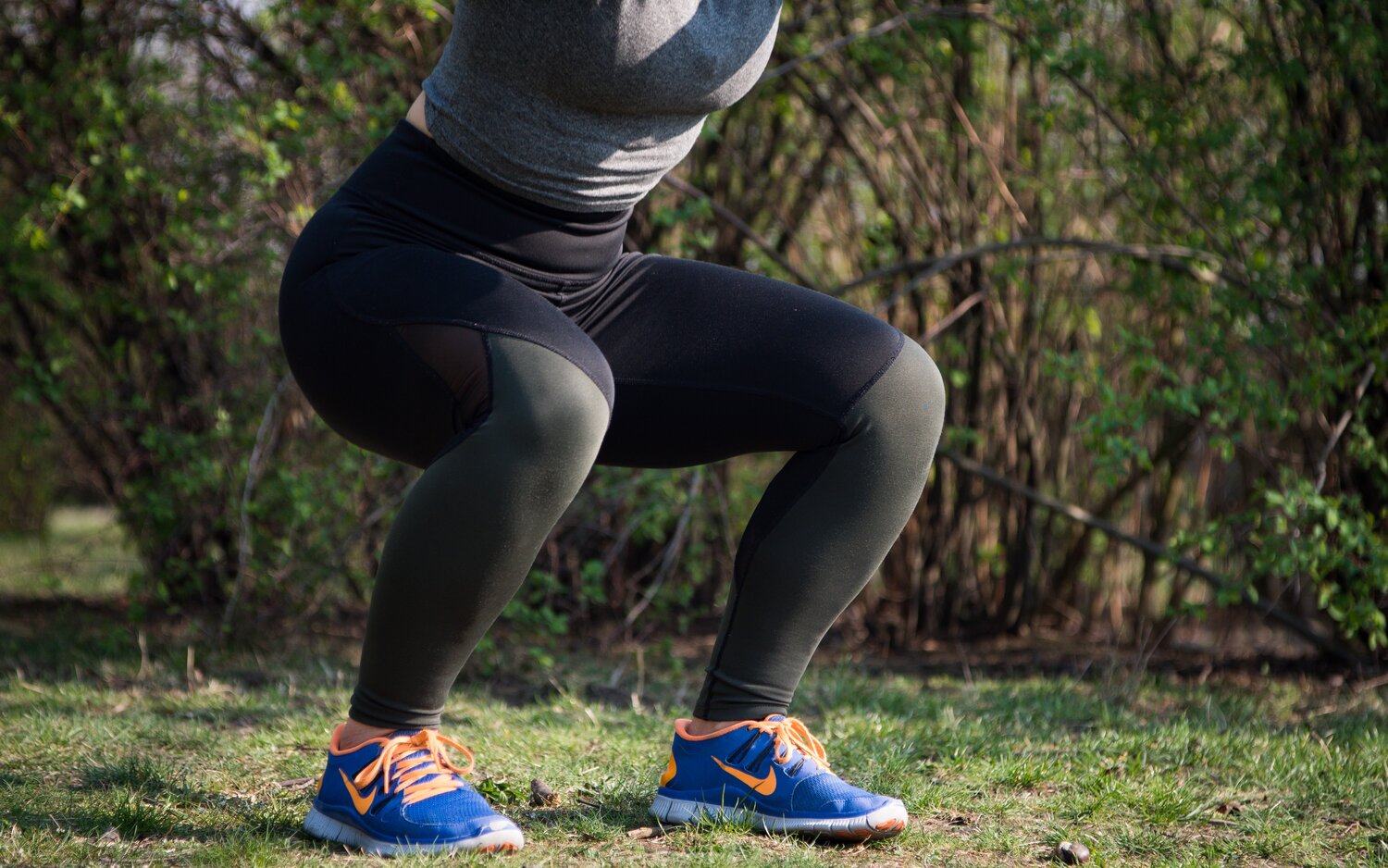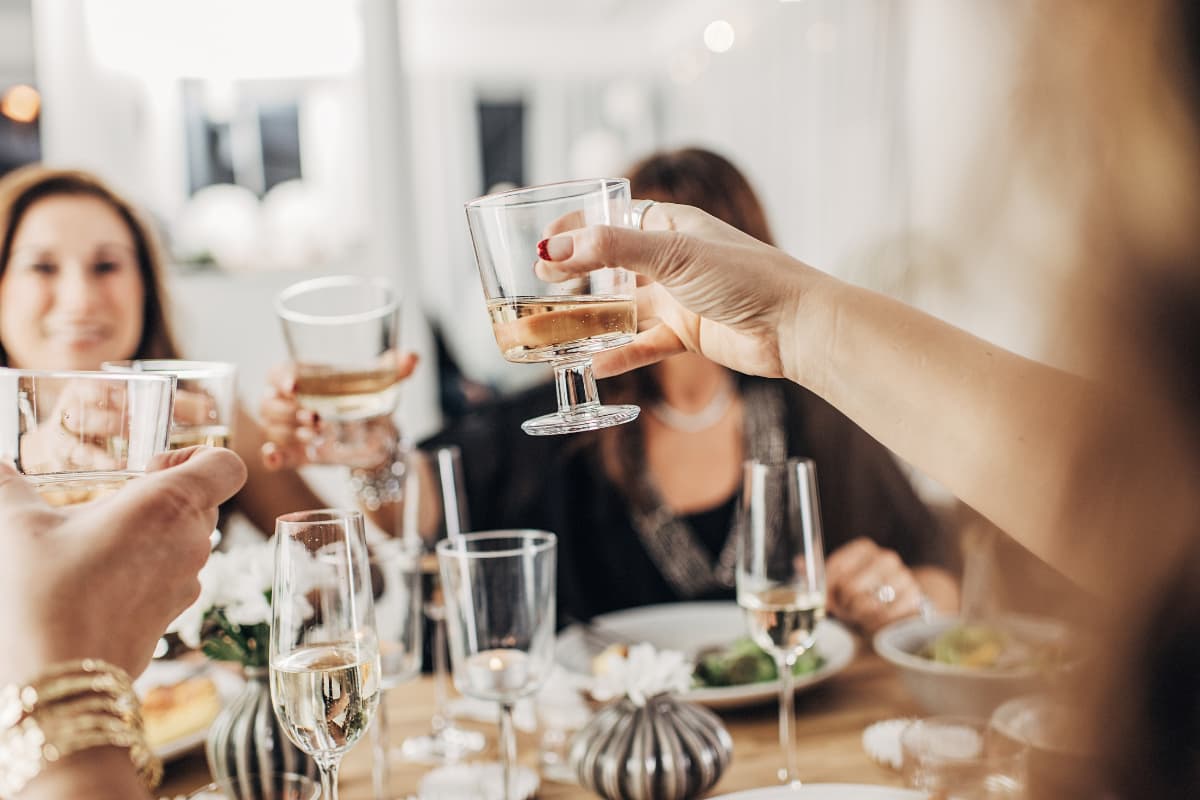HIIT – The Secret to Losing Weight During Menopause

Ask anyone what they believe is the most annoying symptom of menopause, and they will typically say hot flashes, insomnia, or brain fog, but many women report that weight gain is the most upsetting of them all.
Menopause comes with several (sometimes surprising) changes in a woman’s life and body, including an increased likelihood of gaining and maintaining extra weight, thanks to a slowing metabolism and changing hormones. Many women experience weight gain in their belly area during menopause, which can be especially hard to target.
Weight gain can be discouraging, triggering body image issues and fueling irritability and depression. Nothing is worse than having a new kind of stubborn fluffiness around our midsection. In younger years, cutting back on calories and jogging a couple of days a week may have shredded any excess pounds we had acquired. Frustratingly, as we age, it becomes more and more of a challenge.
No matter our size or how active we are, this new menopausal weight gain affects almost all women and makes us, well, a little crazy or at least feel bad about ourselves.
Menopause and Hormonal Weight Gain
Hormonal changes during perimenopause cause a women’s estrogen to decrease, and it’s during this period that many women start gaining weight. It’s common to think that menopause is the culprit. However, low estrogen does not directly cause weight gain. Studies have shown it’s actually the aging process that causes the increase in weight, although ethnicity and your level of physical activity are key factors as well. What menopause does contribute to is a more rapid increase in fat mass and redistribution of fat to the abdomen. In essence, aging causes weight gain, but menopause contributes to the belly fat! Unfortunately, the additional fat seems to appear overnight and doesn’t vanish easily. As our metabolism slows down with each passing year, more fat deposits will likely set up camp around your belly.
An additional problem with aging is the loss of muscle mass. Lower levels of testosterone and estrogen during this stage of life contribute to this reduction in muscle mass and a corresponding higher percentage of body fat. Strong muscles are not merely for men and lifting heavy things. Women need to build and maintain muscle mass, too, for physical strength, bone health, and weight loss. Muscle mass helps burn calories even when we aren’t active. In fact, one pound of muscle burns around seven calories each hour, while a pound of fat burns just over one calorie per hour. You don’t need to worry about bulking up with weight training. It’s actually not that easy to build large, defined muscles!

Why Exercise is Important Now!
Losing excess weight may be a top priority, but exercise has many positive effects for menopausal women. Remember the long list of unwanted symptoms? It is essential to understand that movement can reduce the severity and frequency of several symptoms. Exercise is known to cause the release of endorphins (happy hormones), promote peaceful sleep, regulate hormone levels, and boost libido.
Yet the most significant contribution exercise can make is the relief of stress. High stress levels can cause weight gain, hot flashes, and anxiety. Exercise has been found to lower the level of stress hormones, such as adrenaline and cortisol. Quality of life can improve significantly during these challenging years by exercising regularly and at a higher level of intensity than what you’re used to.
“HIIT” Your Menopause Symptoms Where it Hurts
Exercise routines that we used to stay fit and healthy in our 20s to early 40s no longer work the same way as we age. The key to losing your menopause belly fat is to shake things up. One of the single best types of exercise during menopause is high-intensity interval training (HIIT), shown to help you lose weight faster and keep it off, especially during times when this can be more challenging, like menopause.

Why HIIT?
HIIT is an exercise method designed to burn more calories in a shorter amount of time. HIIT workouts can be significantly more effective for many women than endurance workouts for overall weight and fat loss during menopause.
In a small study of postmenopausal obese women, the women who participated in HIIT were likelier to stick with their program and lost twice as much weight as the women assigned to the endurance program. What’s more, the HIIT group significantly changed fat mass, body mass index, and fat-free mass.
Recent research looked at multiple studies comparing HIIT and moderate-intensity training. The researchers found that both types of training led to significant reductions in both total body fat percentage and total absolute fat mass. However, HIIT was associated with a decrease in total absolute fat mass that was more than twenty-eight percent greater than that seen with moderate-intensity training, with the most significant reductions seen with HIIT. The researchers also observed that HIIT may be a better choice for obese people and older people who have trouble sustaining exercise over a more extended period.
Besides losing weight, HIIT will build the critical muscle mass we talked about earlier to help burn calories, improve health, aid recovery from injury, and decrease our chances of heart disease at this stage.
A major bonus of HIIT is getting results in less time. Instead of working out five days a week for an hour, three shorter HIIT workouts a week are just as effective. You don’t have to spend as much time doing these exercises because they include alternating intervals of quick, intense spurts with restful stages. This allows your muscles to be challenged and safely pushed to their ability.
Where Do I Find HIIT Workouts?
In recent years, health clubs have made HIIT classes a core offering. In fact, some chains like Orange Theory specialize in HIIT. If you are more motivated to exercise by taking classes, look for a club that offers HIIT classes at a time convenient for you.
With modern technology, you can easily find HIIT workouts online, from blogs to YouTube to free apps. But you don’t even have to go that far. For example, on your next jog around the neighborhood, start at a comfortable pace. But then, for 30 seconds, run at an all-out sprint before dropping back into a comfortable pace. The sprint is your interval, and the comfortable pace is your resting period. If you repeat the pattern for several minutes, you will have completed a HIIT workout.

If you’re new to HIIT, start with 30-second interval bursts, and 30-second rests for about 20-30 minutes of total exercise time three to four times a week. A recent study of sedentary men found that just 10 minutes of HIIT three times a week achieved the same cardiometabolic health results as 50 minutes of moderate-intensity endurance exercise. How great is it that you can actually exercise for fewer minutes a week and still improve your health! As you become accustomed to the HIIT style, decrease your resting time, and perform different interval exercises. Some examples include:
- Jumping jacks
- Burpees
- Jumping Squats
- Mountain Climbers
- Flutter Kicks
- Pushups, and more…
You could also incorporate some weight-lifting circuits or other explosive cardio movements you enjoy to create your own workout. Here is an example of a HIIT circuit designed for menopausal women.
Should You Do HIIT Workouts?
Note that HIIT is just how it sounds – high intensity – which means that it isn’t necessarily intended for beginners who are new to exercise. Start with shorter, less intense sessions if you haven’t exercised in a while. However, if you’re used to regular exercise, HIIT may be just the thing you need to switch up your routine and see the weight loss results you want.
And while HIIT is effective for weight loss, that doesn’t mean it’s the only physical activity you have to do to see results. HIIT can be combined with other exercises you also enjoy. For instance, if you like walking, jogging, biking, or kickboxing, alternating these with HIIT workouts occasionally can also result in long-term weight loss and support healthy weight maintenance.

Getting Started With HIIT
HIIT can look daunting, but the keys to success are starting at a pace that works for you, not comparing yourself to others, and sticking with it for 4-6 weeks. Don’t give up! After a few weeks, you’ll start to notice that the sessions are getting a little easier, you are less winded and sore, and you feel stronger and more confident. We’ve seen women in their 60’s and 70’s in HIIT classes alongside women in their 20’s and 30’s, kicking butt and adapting the exercises as they need to. Even if you are nursing new or old injuries, most people can adapt HIIT to work around them. These older women inspired us to try HIIT, and we were happy we did. We lost weight, gained more energy, and found that several annoying menopause symptoms like hot flashes, insomnia, and brain fog started to diminish.
If you’re having trouble losing belly fat, or weight in general, during menopause, HIIT may be worth a try. If anything, it can be fun (and challenging) to try a new exercise routine – and it just might be the change you need to see the results you’re seeking. You might surprise yourself with just how much your body is capable of doing!
For more recommendations on losing your belly fat and staying fit as you age, download Midday from the App Store or visit us at Midday.Health.
Sign up for more unique women’s health content
By submitting this form, you agree to the Lisa Health Privacy Policy and Terms of Use


